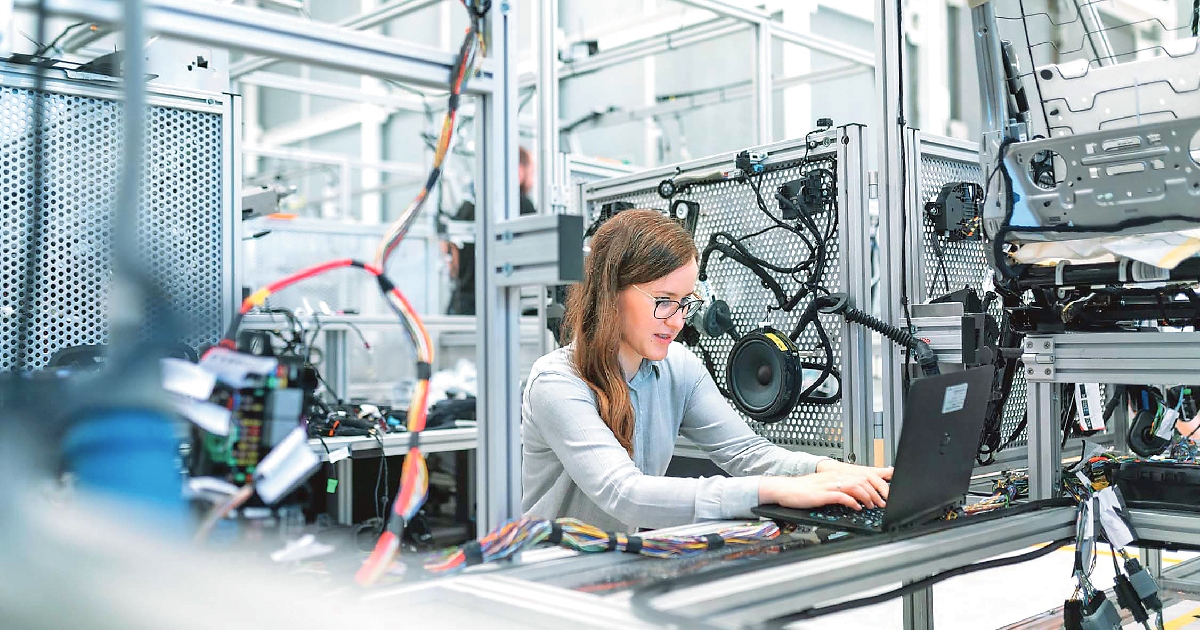Latest News
THE QUINTESSENCE OF INVENTION & DESIGN

Comparisons are odious. But, comparisons are part of life. A cricket bat isn’t a bat without the willow for reference. Hence, the equation — a unique object, or organisation, halts assessment and comprehension, because it is singular.
This explains for human aptitude to ‘inventing’ technologies. It’s not that animals don’t invent; they use tools to carve and manipulate environmental objects to improve their quality of life.
Chimps, for example, peel off twigs to make better termite traps, while beavers arrange logs and sticks to make handy ‘dams.’ Yet, one fact remains: each of such species does not boast of a single ‘miracle’ invention.
Most conventionalists, as the British philosopher-academic Karl Popper expressed, seem to, however, feel that this simplicity would be perplexing, also astonishing, if we were bound to believe, with the realists, that the laws of nature reveal to us an inner, a structural, simplicity of our world beneath its outer appearance of great diversity.
The German philosopher Immanuel Kant’s idealism, likewise, sought to illuminate this simplicity by saying that it is our own intellect which imposes its laws upon nature. Most conventionalists, yet again, treat this simplicity as our own creation.
For them, however, it is not the effect of the laws of our intellect imposing themselves upon nature, thus making nature simple — for they would often resolutely believe that nature is simple.
Agreed that the ‘laws of nature’ are simple; and, what most conventionalists embrace, or espouse, are our own free creations, or inventions, as also our arbitrary decisions and conventions.
This is the true perception of reality, or fundamental characteristic of the human species — one that may have determined our origin during the evolution narrative. The supposition — our technology is, doubtless, a natural and inescapable progression, because we are supposedly the most intelligent, thinking species, influenced by every code of the universe.
Our intelligence may not always be rational, but what is important is the stunning sequence of our own biological characteristics.
The fact also is we have our endoskeleton based on the ‘lever’ principle, unlike large animals that need to be necessarily viewed in the context of metazoans — earthly, rather than marine creatures. Scholars reckon that a suitable comparison for human technology exists — the evolved technology of living organisms.
Hence, the big question — could we continue to characterise biology as technology? Maybe, yes. However, the truth remains thatbiological technology has been shaped by natural selection.
Besides, it’s agreed that our commonplace templates involve external constraints, yet the paradox is differences often arise either from history, or refined differences in natural contexts.
Such disparities may, again, be just the right grist for our own technology mill, as we move increasingly towards a position comparable to biological systems — one that promptly guides genetic elements. What does this connote?
That our biological world includes an array of technologies — mechanical, chemical and computational. The only difference being the technology fulcrum of biological chemistry — it needs analyses, just as much as the technology of biological computation remains unfathomed.
The similarity between engineering and biomechanics, likewise, is rich enough to supply extraordinary insights into both biological chemistry and bio-computation.
Prokaryotes, for example, are biochemical geniuses, directing chemistry to make their living and identifying their roles; yet, they do extraordinarily little orchestration of external mechanical forces.
Research suggests that the absence of structural metals, in biology, is proof that animals would be far better off, if only they had them. You may not agree with such a hypothesis, though you’d be tempted to for a reason, or two.
Here’s another analogy. The pliability of metals explains for our elevated toughness, but organisms have found other routes to attain it.
Also, if ‘elasticity’ underlies the usage of metals in human technology, there’s nothing like the mechanism at work that would allow an animal to mend a deformed tooth.
The argument is obvious — that the metals we use in our technology, iron and aluminium, were ignored by evolution because their poor presence in seawater holds no weight when investigated from a pertinent geological standpoint.
When free oxygen was a scarce commodity, over three billion years ago, iron and uranium were delicately soluble, while the great iron deposits in a part of our living planet are just enough evidence of the ‘crystallisation’ of ‘that’ iron which helped oxidative photosynthesis to really come of age.
The inference is simple — as we approach true nanotechnology and biotechnology, cultivated comparisons of the two will perpetually transform the way we look at either paradigm. For all the good reasons.
THE VIEWS EXPRESSED BY THE AUTHOR ARE PERSONA














.jpg)
.jpg)
.jpg)
.jpg)
.jpg)
.jpg)
.jpg)
